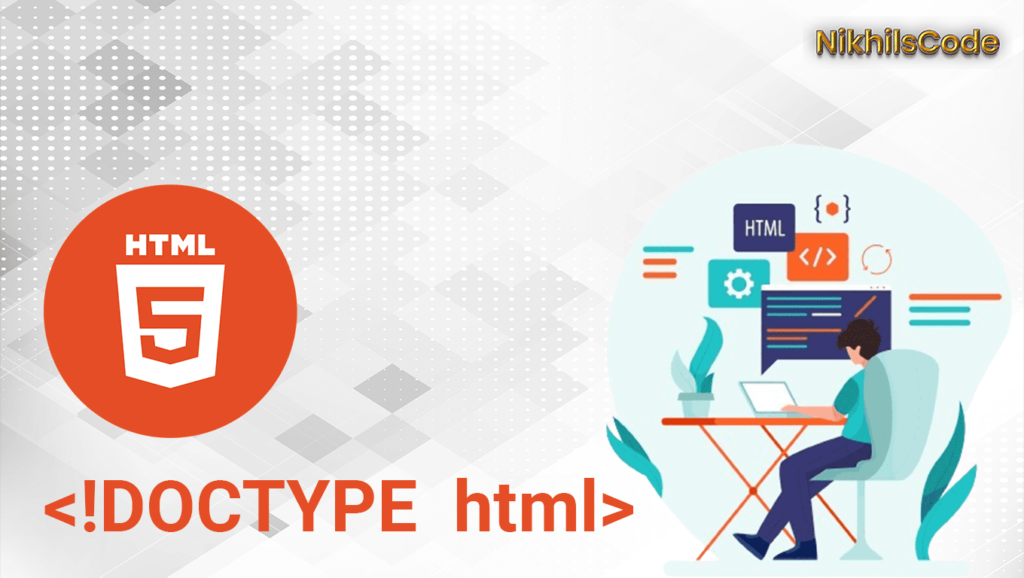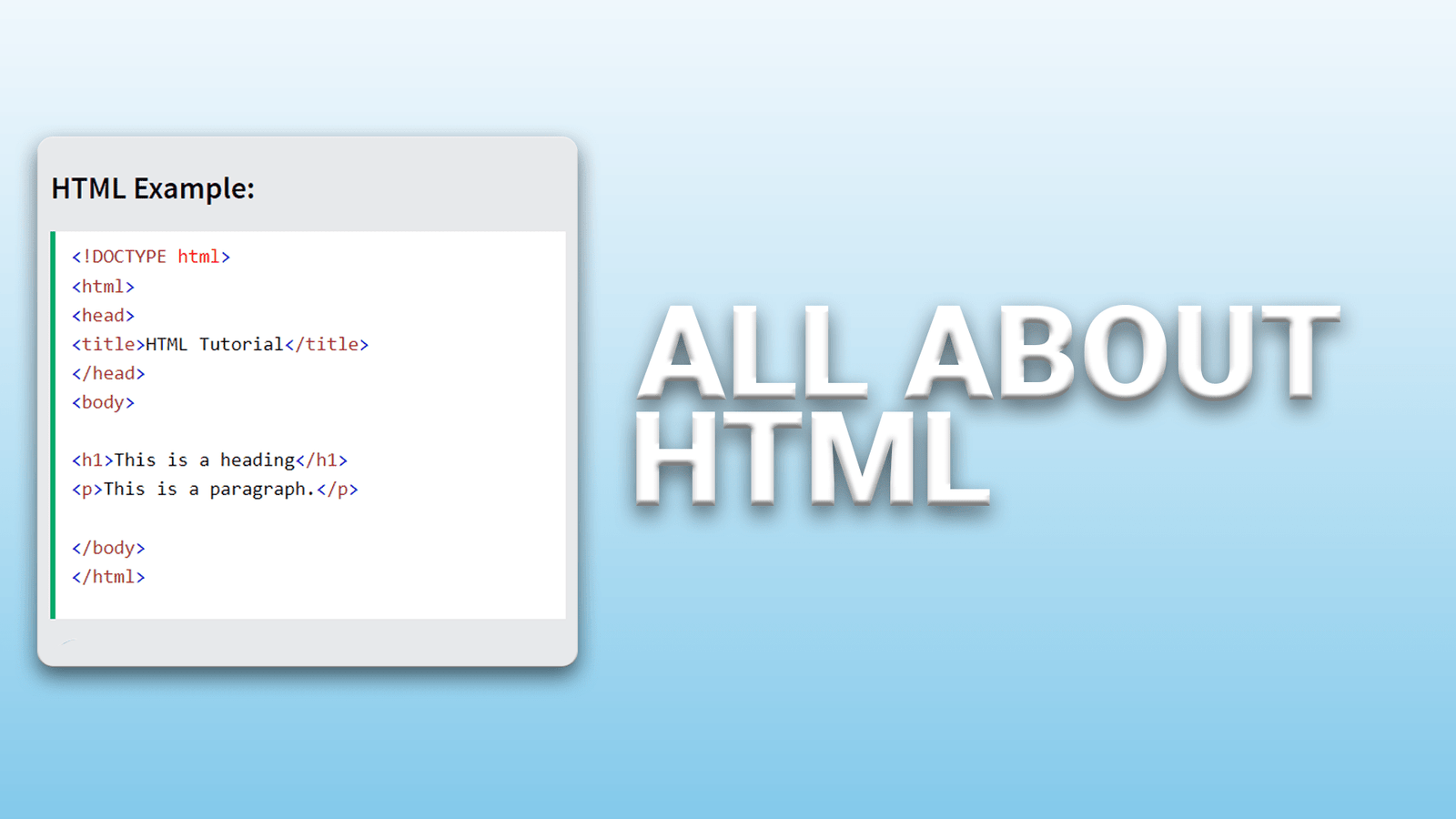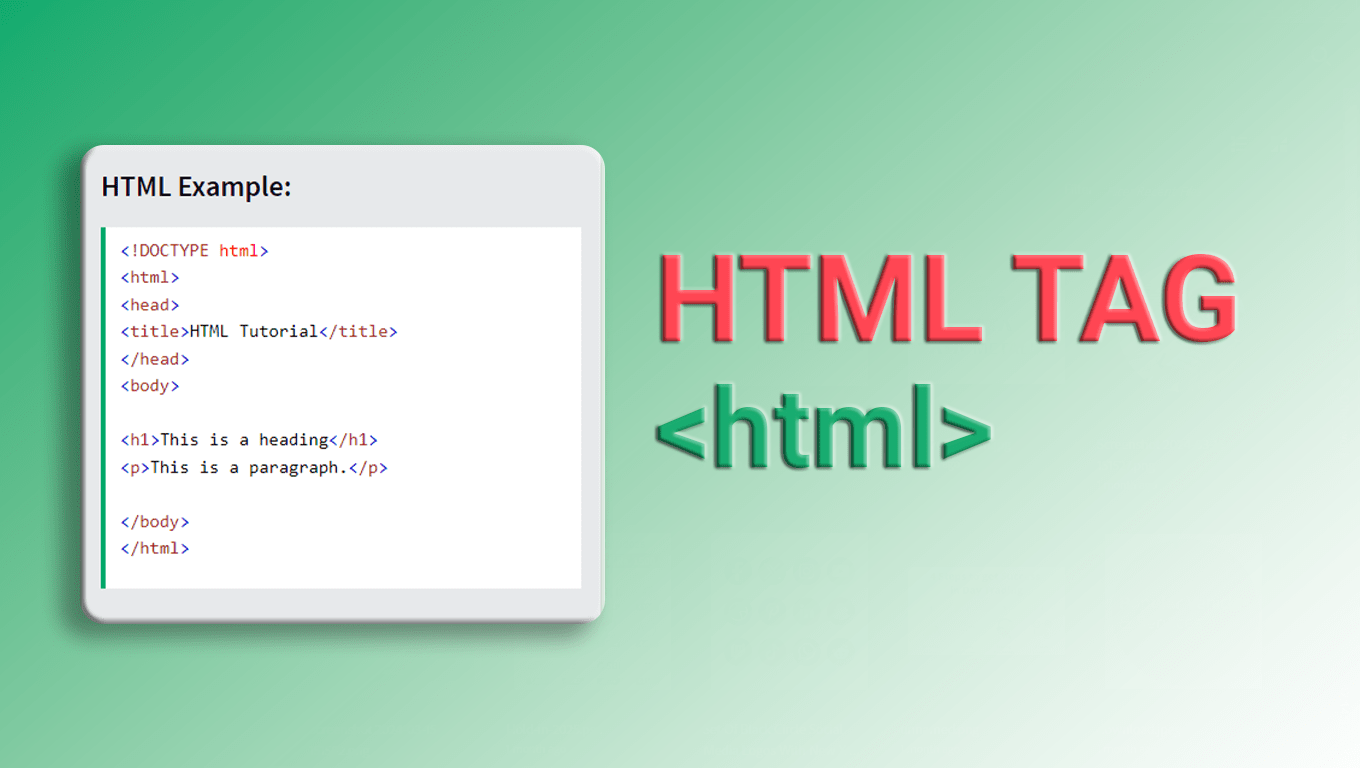
In HTML, the <!DOCTYPE> declaration serves as an instruction to the web browser regarding the version of HTML in which the page is authored. It stands for “Document Type Declaration”. This declaration is critical for the browser to render a web page correctly. The <!DOCTYPE> declaration must precede the <html> tag and is not an HTML element; rather, it’s a directive to the browser.
The purpose of the <!DOCTYPE> declaration is to inform the browser about the markup language version in use, allowing it to render the page appropriately. It triggers the browser’s standards mode, ensuring that the page follows the specifications established by the World Wide Web Consortium (W3C) or other relevant standardization bodies.
Browser Support:
All modern web browsers support the <!DOCTYPE> declaration. This includes popular browsers such as Google Chrome, Mozilla Firefox, Safari, Microsoft Edge, and others. Additionally, it is recognize by various versions of Internet Explorer.
Older HTML Documents like HTML 4.01 and XHTML 1.1:
In older HTML documents, such as HTML 4.01 and XHTML 1.1, the <!DOCTYPE> declarations were different.
For HTML 4.01, the <!DOCTYPE> declaration typically looked like this:
<!DOCTYPE HTML PUBLIC "-//W3C//DTD HTML 4.01//EN" "http://www.w3.org/TR/html4/strict.dtd">
This declaration informs the browser that the document is author in HTML 4.01 and adheres to the strict DTD (Document Type Definition).
For XHTML 1.1, the <!DOCTYPE> declaration appeared as follows:
<!DOCTYPE html PUBLIC "-//W3C//DTD XHTML 1.1//EN" "http://www.w3.org/TR/xhtml11/DTD/xhtml11.dtd">
This declaration signifies that the document follows the XHTML 1.1 specification.
Tips and Notes:
Choosing the Correct <!DOCTYPE> Declaration:
- Always use the appropriate
<!DOCTYPE>declaration for the HTML version being used. This ensures proper rendering across different browsers. - For modern HTML5 documents, utilize the simplified
<!DOCTYPE>declaration:<!DOCTYPE html>
Placement:
- The
<!DOCTYPE>declaration should be the very first item in an HTML document, appearing before the<html>tag. - Incorrect placement may result in the browser triggering quirks mode, leading to inconsistent rendering.
HTML5 <!DOCTYPE> Declaration:
- HTML5 introduced a streamlined
<!DOCTYPE>declaration, making it easier for developers to specify the document type. - The HTML5
<!DOCTYPE>declaration is:<!DOCTYPE html> - This declaration is case-insensitive and does not necessitate a DTD reference.
HTML Validator:
- Utilize an HTML validator to ensure that your HTML code, including the
<!DOCTYPE>declaration, conforms to the appropriate standards. - Valid HTML promotes better cross-browser compatibility and accessibility.
XHTML Compatibility:
- XHTML documents should be served with an XML content type (
application/xhtml+xml) for correct parsing. - Employ the appropriate XHTML
<!DOCTYPE>declaration for XHTML documents.
Examples:
HTML5 Document:
<!DOCTYPE html>
<html>
<head>
<title>My HTML5 Page</title>
</head>
<body>
<h1>Hello, World!</h1>
<p>This is an example of an HTML5 document.</p>
</body>
</html>
HTML 4.01 Document:
<!DOCTYPE HTML PUBLIC "-//W3C//DTD HTML 4.01//EN" "http://www.w3.org/TR/html4/strict.dtd">
<html>
<head>
<title>My HTML 4.01 Page</title>
</head>
<body>
<h1>Hello, World!</h1>
<p>This is an example of an HTML 4.01 document.</p>
</body>
</html>
XHTML 1.1 Document:
<!DOCTYPE html PUBLIC "-//W3C//DTD XHTML 1.1//EN" "http://www.w3.org/TR/xhtml11/DTD/xhtml11.dtd">
<html xmlns="http://www.w3.org/1999/xhtml">
<head>
<title>My XHTML 1.1 Page</title>
</head>
<body>
<h1>Hello, World!</h1>
<p>This is an example of an XHTML 1.1 document.</p>
</body>
</html>
Conclusion:
In conclusion, the <!DOCTYPE> declaration plays a crucial role in HTML documents by specifying the version of HTML or XHTML used, ensuring consistent rendering across different web browsers. It’s imperative to use the correct <!DOCTYPE> declaration for the specific version of HTML being employed to maintain compatibility and adherence to web standards. By following best practices and utilizing appropriate declarations, developers can create web pages that are accessible and well-supported across various platforms and browsers.



